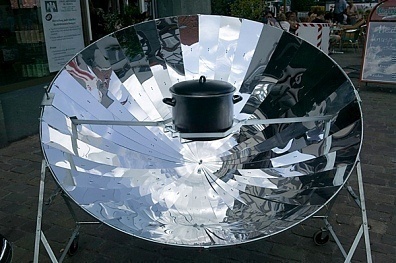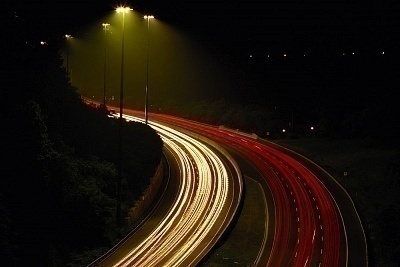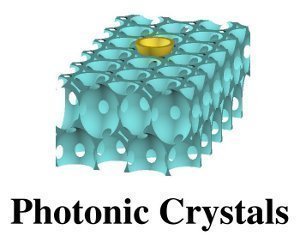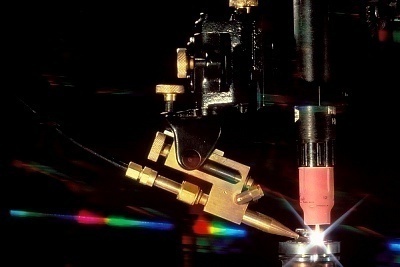Parabolic mirrors are specially shaped in order to capture and focus energy onto a single point. They also distribute energy from a single point outwards. The mirrors are a specific paraboloid type that is rotated around its axis, and is also known as a circular paraboloid. Parabolic mirrors are also referred to as parabolic reflectors or parabolic dishes.
When were Parabolic Mirrors First Used?
Sir Isaac Newton was one of the first scientists to use parabolic mirrors in his reflecting telescope in the 17th century. By using the mirror, the telescope was able to correct many of the issues that previously existed in refracting telescopes. However, the parabolic mirror’s introduction did induce new issues. Objects viewed through the telescope that are not at the field of view’s (FOV’s) center appear to be wedge-shaped. As the distance from the FOV’s center increases, the distortion increases as well.
Parabolic Mirror Uses
In addition to being used in telescopes, parabolic mirrors have been used as a means to focus sunlight against an enemy in time of war, to light the Olympic torch, create a solar cooker, and as car headlights. Additionally, the mirrors have been used to create parabolic microphones and spotlights.
How to Make a Parabolic Mirror
Commercial-grade parabolic mirrors are normally made up of low expansion glass that is ground to a fine finish. It can take a number of months at high cost to create a high-end mirror that is sufficient for the desired task. Homemade parabolic mirrors can be made of old satellite dishes with mirror tiles that are affixed with a silicone sealant across the dish’s surface.




Follow Us!